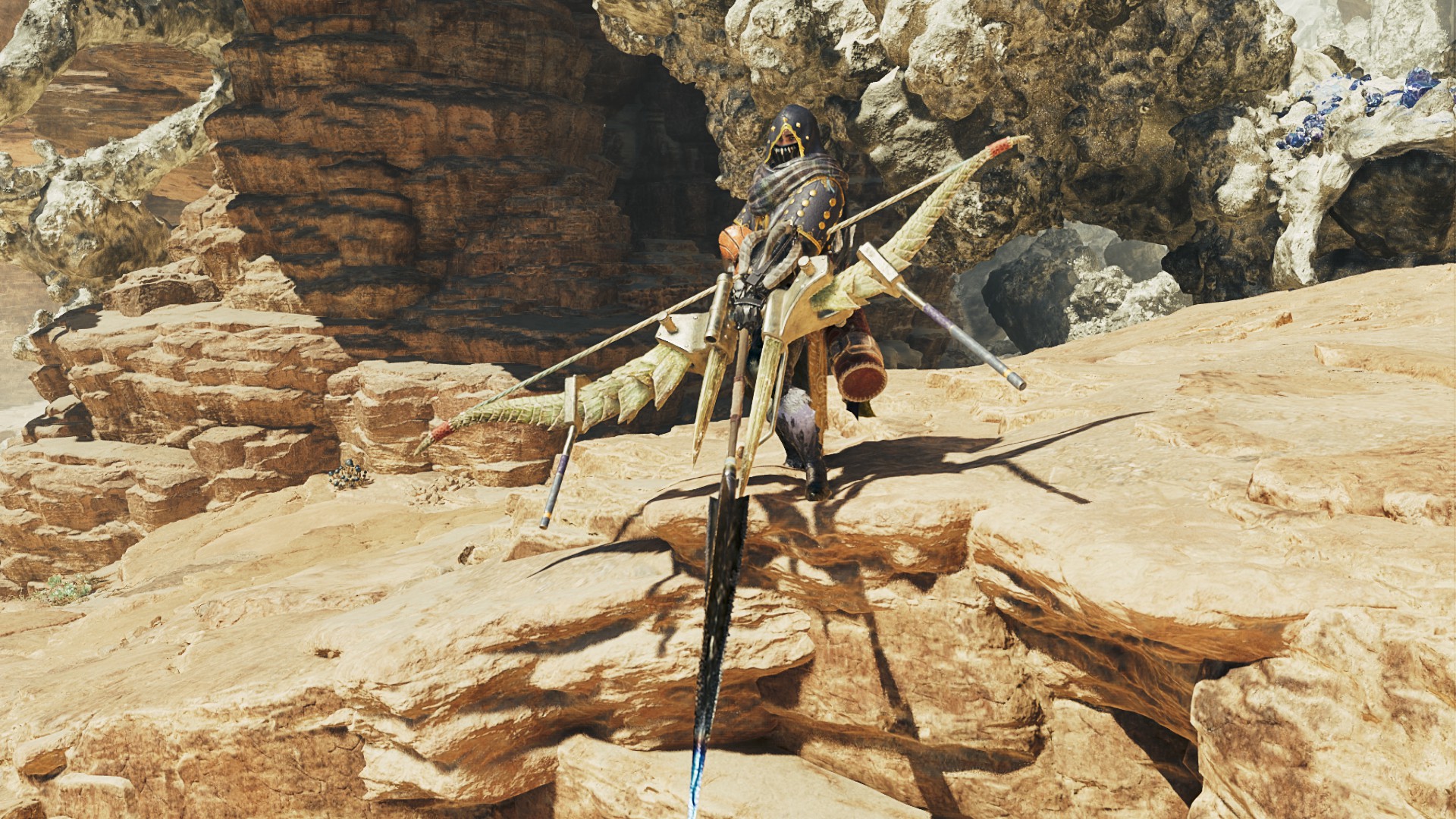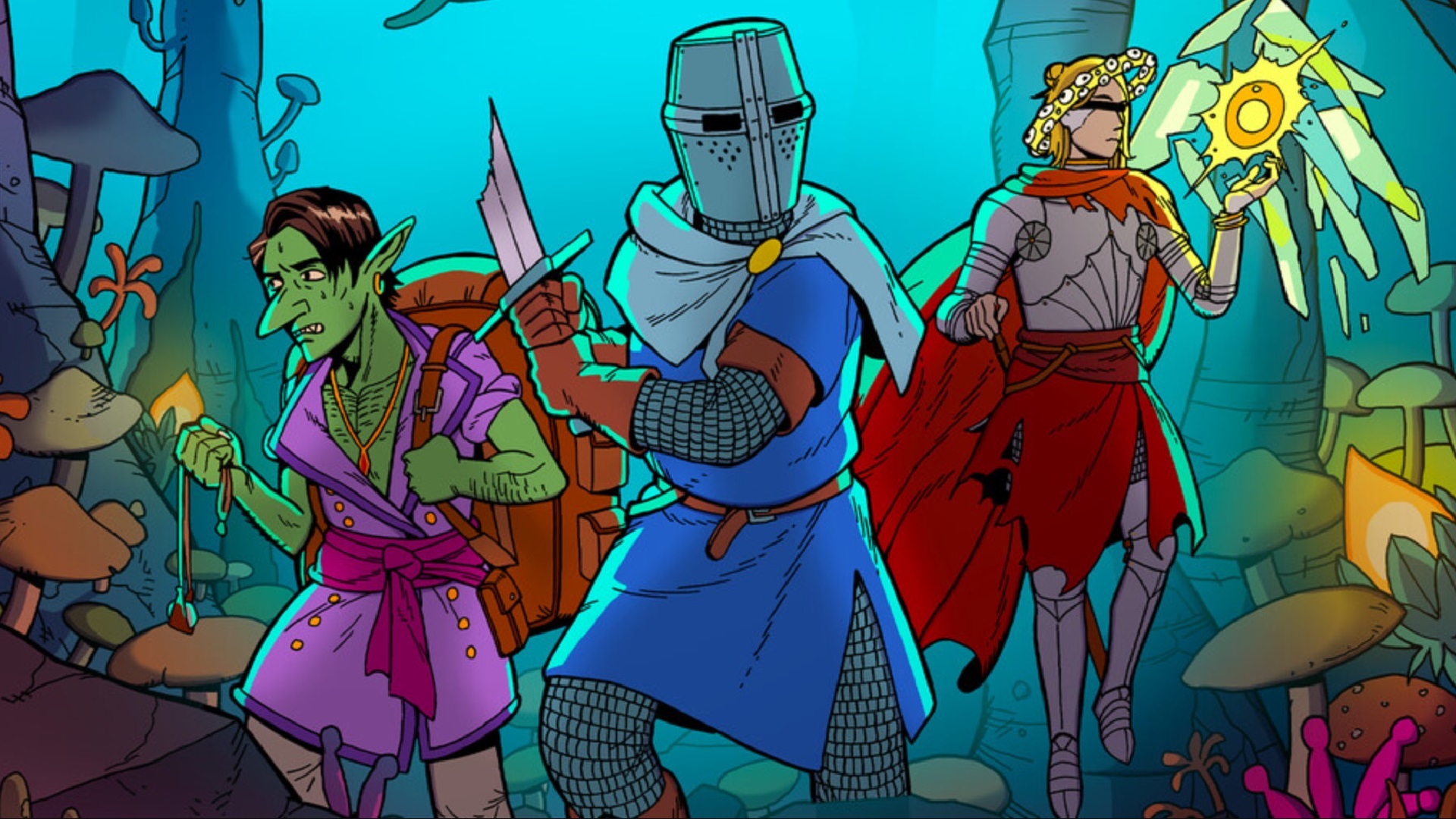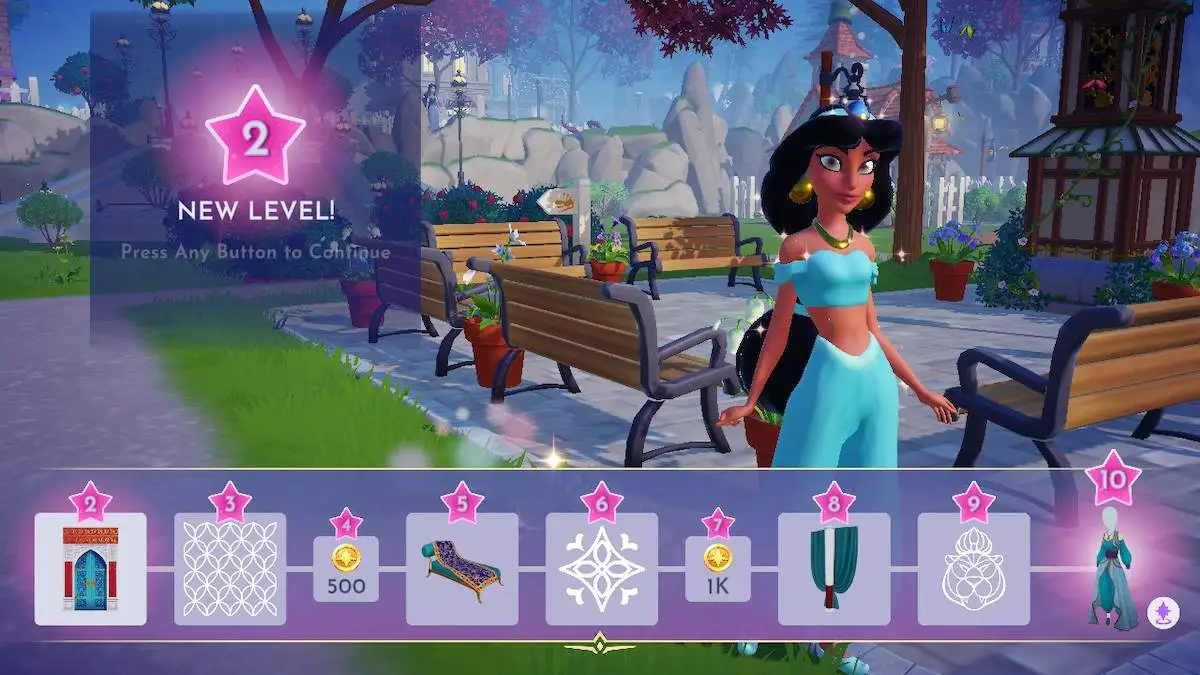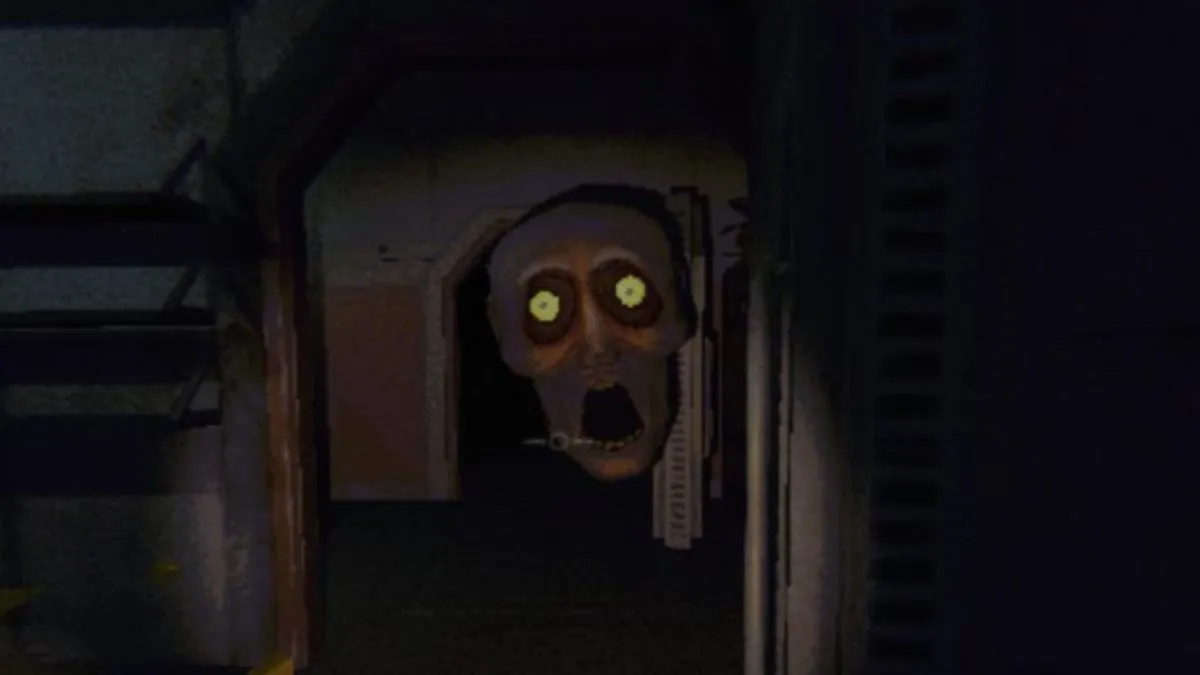
Into the Dead: Our Darkest Days Channels State of Decay and Splinter Cell
Zombie survival sims typically thrive on scale. We follow a ragtag group of civilian survivors who’ve been forced into terrible odds against a gelatinous horde of rotting flesh that smashes against the barricades and swims through the streets until, eventually, humanity’s last lights are snuffed out for good. Some great games have been forged in this mold, but Into The Dead: Our Darkest Days, developed by New Zealand indie studio PikPok, subverts those tropes entirely. This is an experience about the sheer, spleen-squeezing anxiety of being alone in a room with one—yes, often exactly one—member of the living dead. And as it turns out, that’s plenty terrifying, too.
At its core, Into The Dead: Our Darkest Days has a lot in common with other grim, post-collapse management games like State of Decay. The player is put at the helm of a meager band of unfortunate souls who have suddenly found themselves surrounded by the shambling husks of the recently deceased. The only objective is to stay alive. So you’ll retrieve food and water from abandoned outposts while gradually improving the conditions of whatever hideout you’ve decided to call home. All the while, zombies at the gates chip away at the makeshift barricades outside, ensuring that your crew can never remain in the same place for long. What makes Into The Dead unique, though, is that all of the gameplay is presented on a tight 2D plane, bringing a greater sense of intimacy to the action. Players will never find themselves mowing down a tidal wave of zombies until their bodies are stacked up like mountains on the horizon. Instead, combat usually begins by peeking into a cellar door and subduing a walker with an old pair of scissors before they ever knew what hit them.
In that sense, Into The Dead is clearly designed to evoke some serious stealth-gaming royalty. The 2012 Xbox Live Arcade hit Mark of the Ninja comes to mind. Same with the pulpy heist-puzzle gem Gunpoint. But frankly, more than any other touchstone, skulking between these corridors feels a bit like a bygone Splinter Cell adventure, where deterrence is the best asset in your arsenal. After pushing up against a door, you’ll be greeted with a keyhole glimpse of the next room and the undead that might be lurking in the shadows. When you approach the desolate hardware stores and grocery markets you intend to loot, it’s a good idea to keep an eye out for any scaffolding that might be climbable, for that might provide a better vantage point for your operation. The problems presented by Into The Dead are rarely solved with the brute force of headshots. In fact, when everything is going well in this world, nobody will have noticed that you’ve been rummaging around in the first place.
Into The Dead is clearly designed to evoke some serious stealth-gaming royalty. The 2012 Xbox Live Arcade hit Mark of the Ninja comes to mind. Same with the pulpy heist-puzzle gem Gunpoint. But frankly, more than any other touchstone, skulking between these corridors feels a bit like a bygone Splinter Cell adventure.
All of the resources you find will be put to good use back at basecamp. Into The Dead is buoyed to a simple day and night interval, where your colonists will be taking shifts to keep the camp ecosystem flowing. One survivor might be assigned to spend a night at the stovetop to keep the hideout rich with calories, while another tries to Macgyver together a handgun at the weapon bench, and another conducts repairs to the perimeter. On other occasions, the duties you’ll be delineating are limited to pure rest and relaxation. Low on sleep? Take the master bedroom for the evening. Battered from a zombie encounter gone wrong? Apply a medkit where it hurts. All of these systems are remarkably clean and utilitarian—perhaps even a tad rudimentary for more seasoned survivalists. But if you tend to get overwhelmed by games like this, you can trust that Into The Dead provides a soft landing.
Unfortunately, one of the eternal problems zombie fiction faces is a lack of an endgame. How do you create a fulfilling long-term narrative when death threatens each passing day? So, unsurprisingly, Into The Dead is short on story in its current state. There are a few gestures at a grand conspiracy at the heart of this zombie outbreak—glimmers of lore in the muck—but The Walking Dead this is not. So, Our Darkest Days makes up for that with a ton of style. We’ve zoomed back to 1980, in the heart of Texas, with all of the bad wallpaper and flared jeans the setting entails. When the notes come together, and your screen is bathed in a smoldering late-afternoon sunset—drawing long shadows off the last of the living—Into The Dead can match the euphoric uneasiness of The Texas Chain Saw Massacre. I know that’s a high water mark, but PikPok has reason to believe they have something special on their hands.







